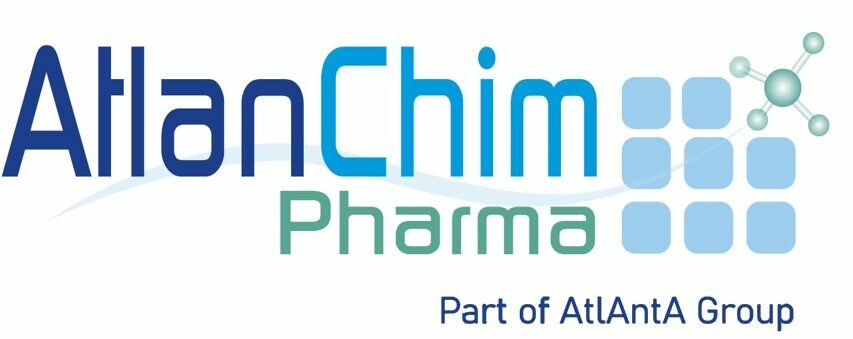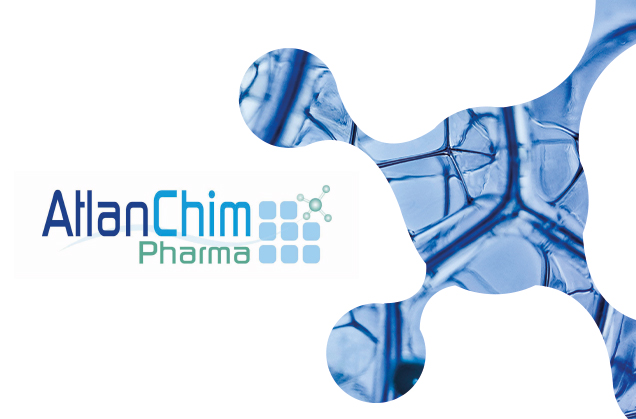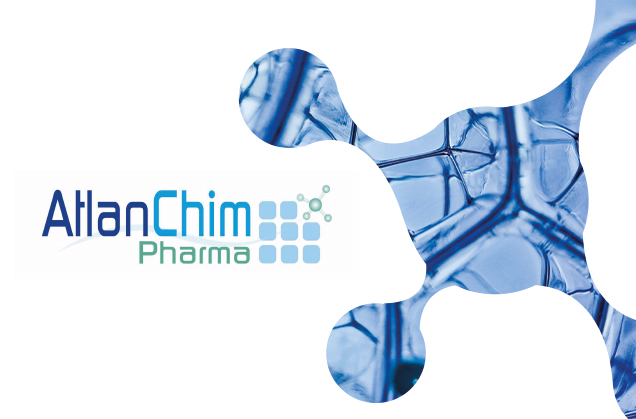Home | Recent Advances in the Mitsunobu Reaction
Recent Advances in the Mitsunobu Reaction
In memoriam to Professor Mitsunobu (1934–2003) one of Japans’ eminent scientists.
This letter gives a brief overview of the most significant type of transformations under Mitsubonu protocol illustrated through recent works.
In 1967, Oyo Mitsunobu described the preparation of esters from alcohols and carboxylic acids with an equimolar amounts of diethyl azodicarboxylate (DEAD) and triphenylphosphine (more than 90% of reported Mitsunobu reaction in the literature have been run with these two reagents), with inversion of the configuration for asymmetric alcohols. Since, this reaction has become quite popular for refunctionalization of alcohols and found numerous synthetic applications in organic chemistry.
The Mitsunobu protocol involves the reaction of an alcohol and an acidic pronucleophile (NuH) in the presence of phosphane and azodicarboxylate or azodicarboxamide to afford compounds
containing newly formed C-O, C-S, C-N or C-C bond.


